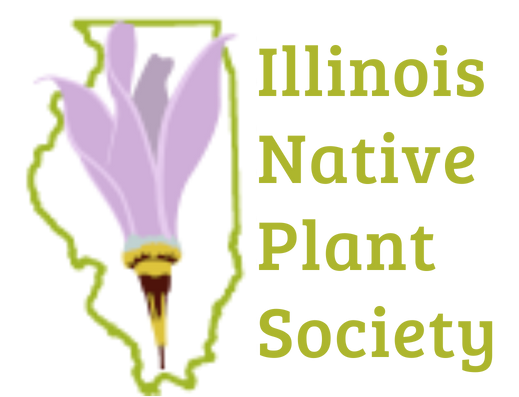Our Native Lilies-of-the-valley

When visiting prairie fens, oak savannas, and woodlands this time of year, you may encounter flowering Maianthemum stellatum (previously Smilacina stellata); its common names include star-flowered lily-of-the-valley and starry false Solomon’s seal. Its name derives from its showy, white flowers, which are replaced by striped green berries that ripen into a deep red later in the year.

Native to much of the United States and Canada, including northeastern Illinois, Maianthemum stellatum spreads by underground rhizomes and is easy to grow in a native garden. It is similar in appearance to Maianthemum racemosum (also known as false Solomon’s seal), another common woodland wildflower in our region. Compared to Maianthemum racemosum, M. stellatum has fewer, but larger flowers in a more open inflorescence, as well as narrower leaves.

The zigzag stem and alternate leaves distinguish both native Maianthemum species from Convallaria majalis (European lily-of-the-valley), an invasive species that has unfortunately established dense colonies in many Chicago region natural areas.

The leaves of European lily-of-the-valley are somewhat similar to our only other relatively common Maianthemum species: Maianthemum canadense (Canada mayflower), which also grows in spreading colonies. A raceme of 12-25 small, white flowers grow above M. canadense’s two, egg-shaped leaves. Northern Illinois is at the southern end of the range of this mostly boreal species.

